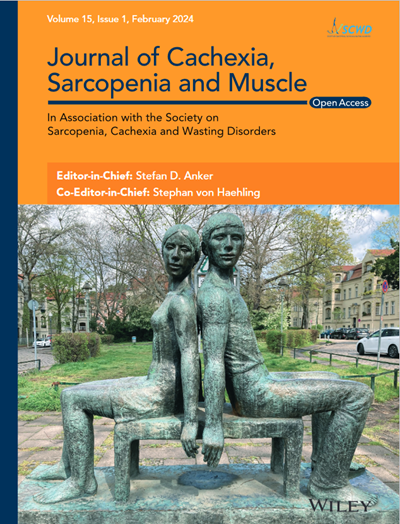The prognostic role of increased visceral fat attenuation (VFA) remains underexplored. We investigated the long-term prognostic implications of computed tomography (CT)-derived VFA in a health check-up population.
This study included consecutive individuals who had positron-emission tomography/CT scans for health check-ups between January 2004 and December 2010. The primary outcome was overall survival (OS), and the secondary outcomes were cancer-specific survival (CSS) and non-cancer-specific survival (NCS). Commercially available body composition analysis software was used to obtain abdominal waist VFA, visceral fat volume index (VFI) and skeletal muscle index (SMI) at the L3 level. Sarcopenia was determined using sex-specific SMI references. VFA and VFI were dichotomized using the thresholds for the highest quartiles. The relationship between CT-derived body composition parameters and body mass index (BMI) was evaluated with Pearson correlation coefficients. The prognostic implications of VFA and sarcopenic obesity (SO) defined by VFA were assessed by multivariable Cox regression analysis and Kaplan–Meier plots with log-rank tests.
A total of 2720 individuals (1530 men [56.3%] and 1190 women [43.7%]; median age: 53 years, inter-quartile range: 47–60 years) were included. During the median follow-up of 138 months, 128 individuals (5%) died (cancer mortality: 2%; non-cancer mortality: 3%), with 0.2% (5 of 2720) and 1.1% (30 of 2720) of 1- and 5-year mortality rates. VFA was negatively correlated with BMI (r = −0.62; P < 0.001) and VFI (r = −0.69; P < 0.001). After adjusting for clinical variables, sarcopenia and VFI, high VFA was a negative prognostic factor for OS (hazard ratio [HR]: 1.05 per Hounsfield unit; 95% confidence interval [CI]: 1.02, 1.08; P = 0.001), CSS (HR: 1.07 per Hounsfield unit; 95% CI: 1.02, 1.12; P = 0.006) and NCS (HR: 1.03 per Hounsfield unit; 95% CI: 1.01, 1.06; P = 0.009). Individuals with high VFA had higher high-sensitivity C-reactive protein levels than those with low VFA (0.11 vs. 0.03 mg/dL; P < 0.001). Individuals with SO defined by VFA had worse OS (9% vs. 4%; P < 0.001), CSS (3% vs. 2%; P = 0.02) and NCS (6% vs. 3%; P < 0.001) than those without SO, even in the same BMI (underweight-to-normal BMI, OS: 8% vs. 4%; overweight-to-obese BMI, OS: 38% vs. 4%; P < 0.001 in both) or VFI category (high VFI, OS: 43% vs. 6%; low VFI, OS: 8% vs. 3%; P < 0.001 in both).
High VFA was associated with long-term mortality and low-grade inflammation. VFA can further stratify the current SO by BMI or VFI, and SO defined by VFA can identify individuals who are most vulnerable to long-term mortality.


